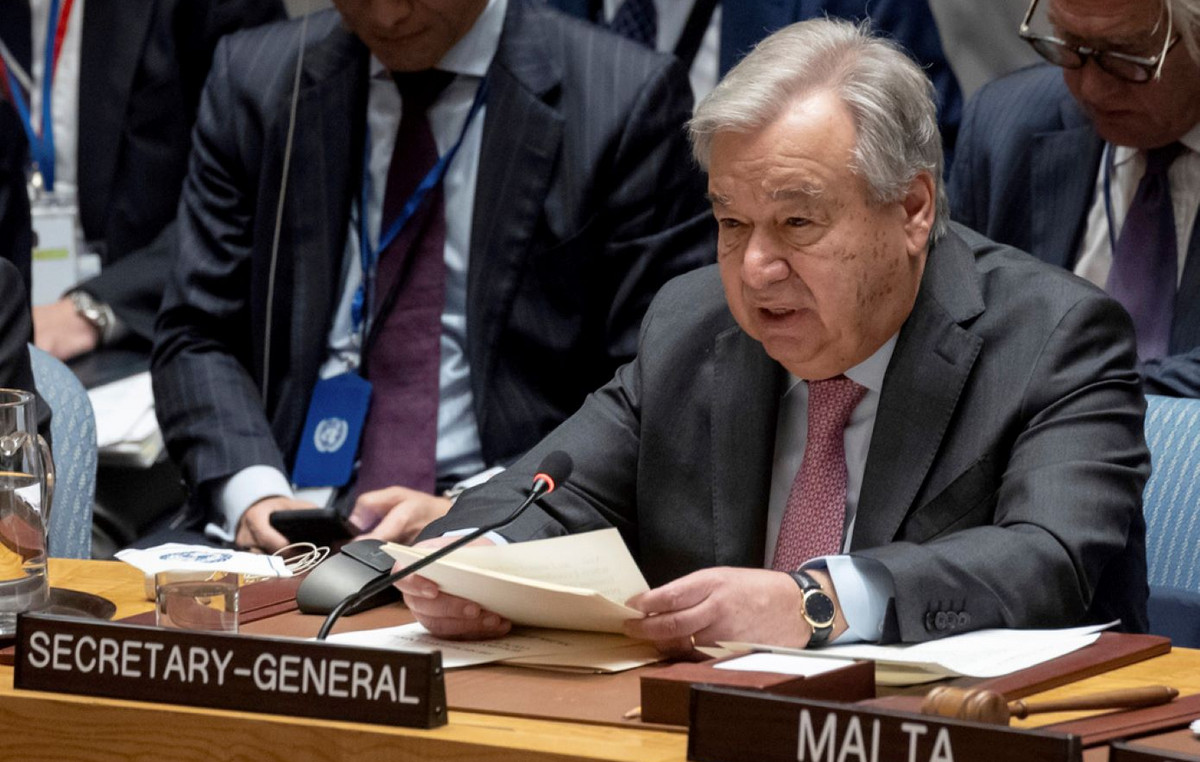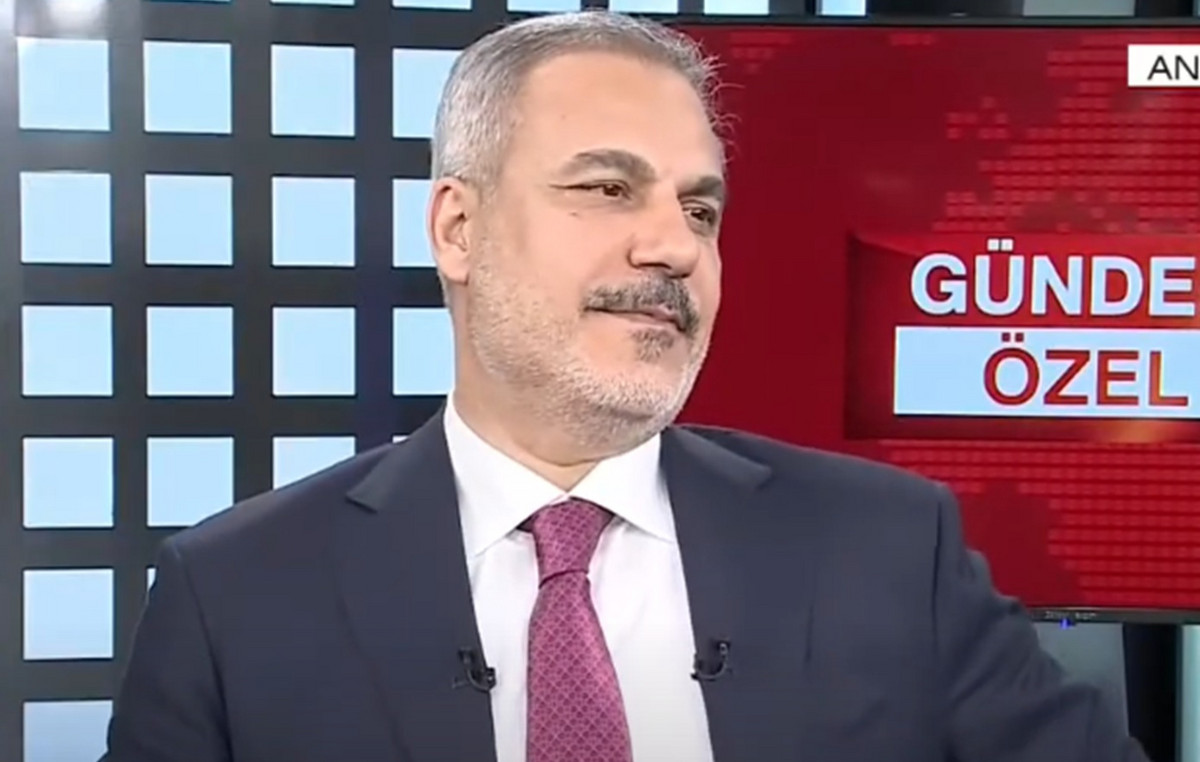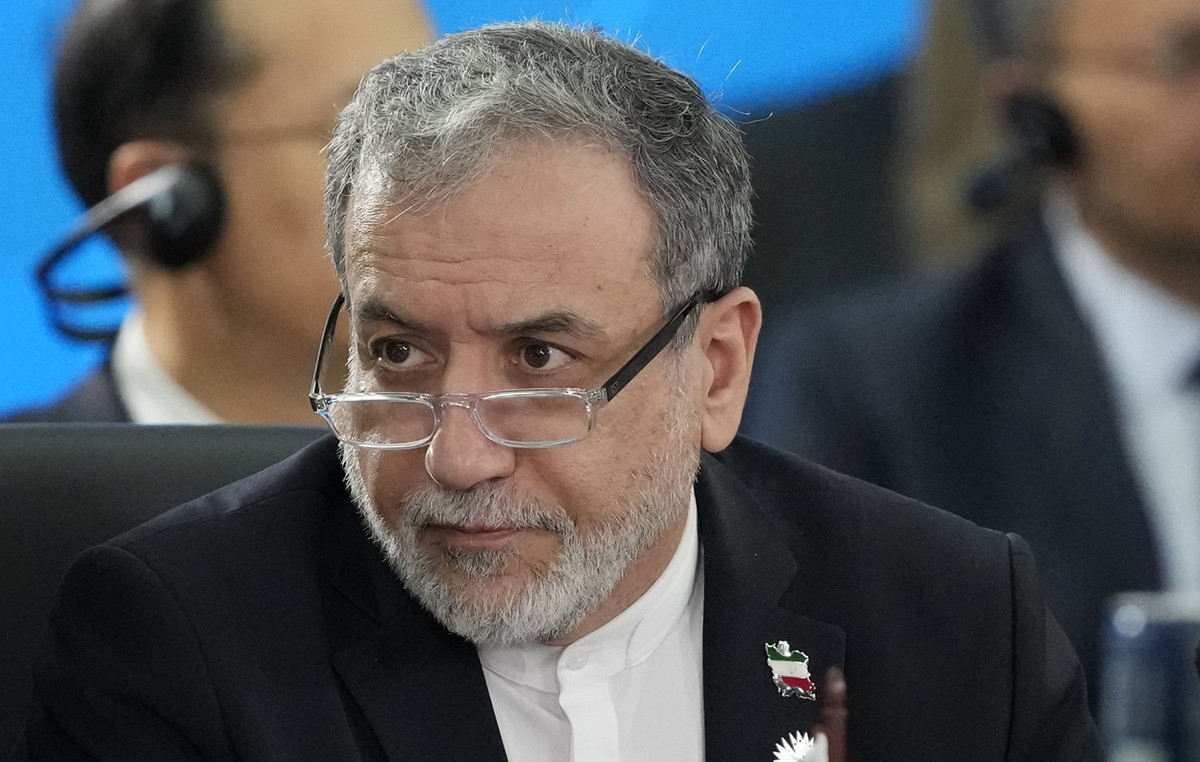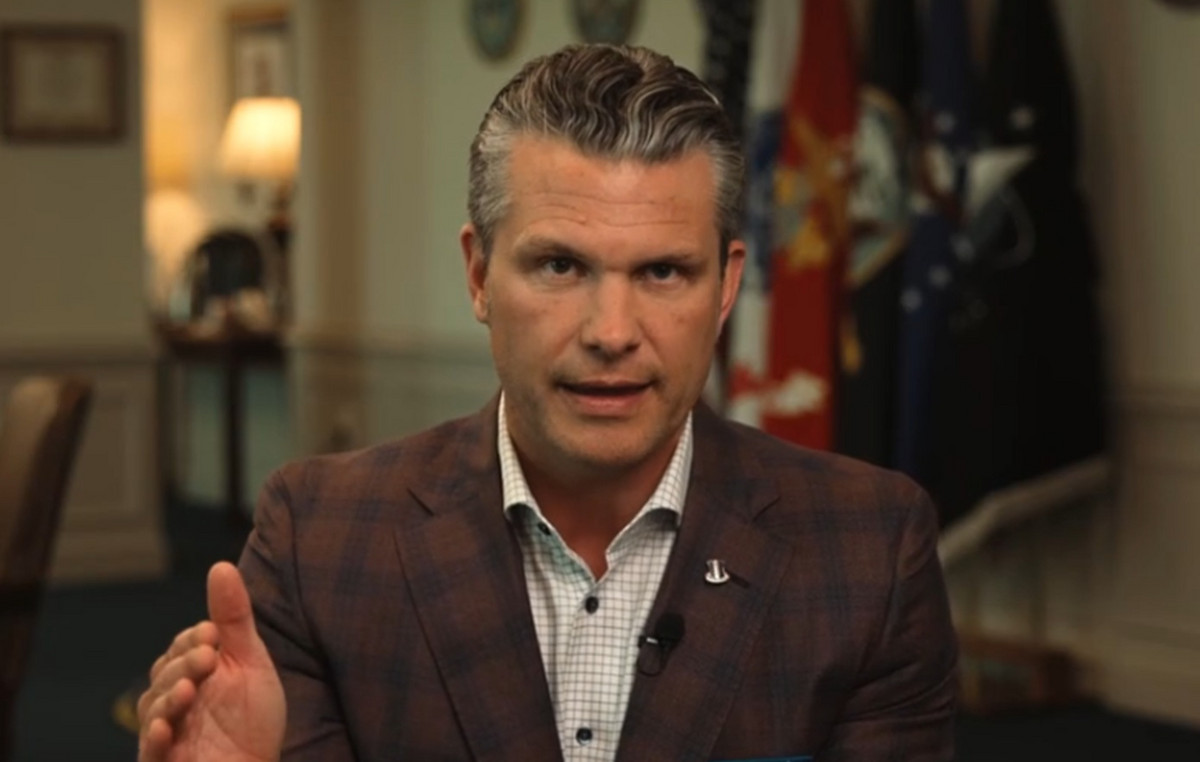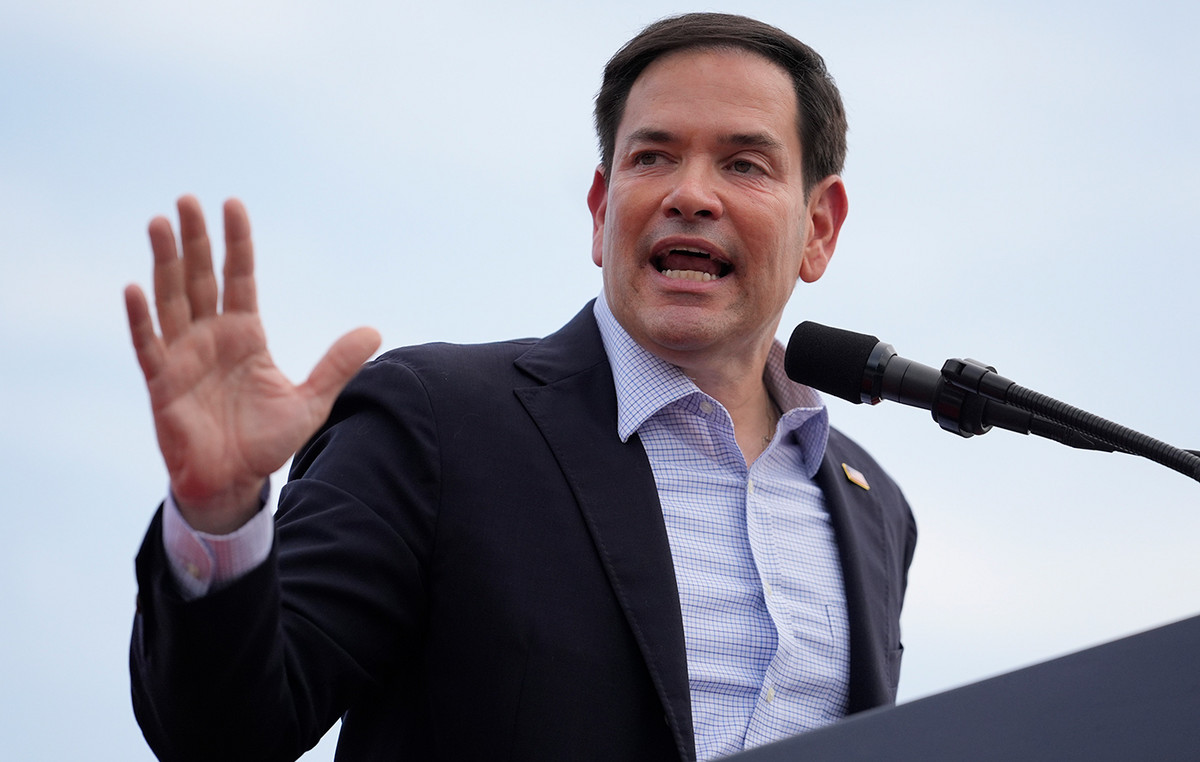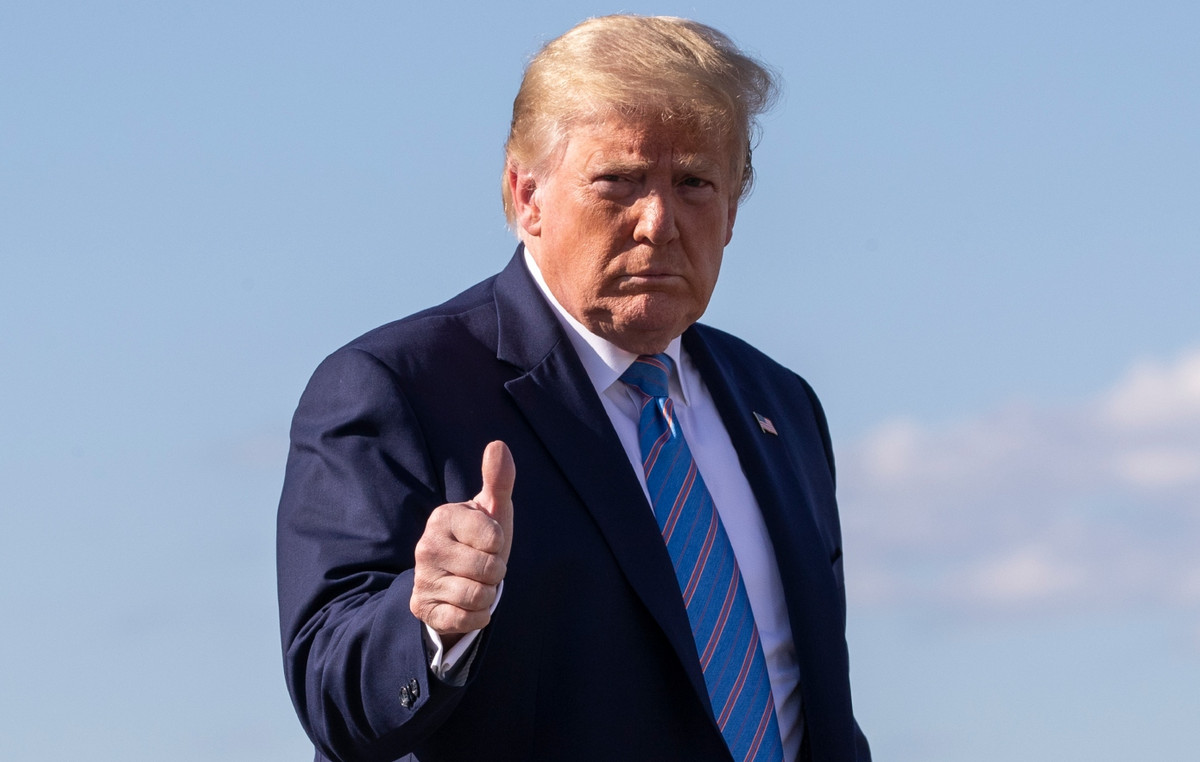About two months before the US Capitol invasion — known to Americans as the “January 6 riot” — Congressional police hired two unusual people to review the department’s intelligence operation, giving them the control over a unit that had already responded to inadequate training and lack of clear standards for years.
The changes were intended to sharpen the focus of the Intelligence and Interagency Coordination Division, the eyes and ears of the Capitol Police. The need was particularly urgent, as threats against individual lawmakers were increasing.
But sources told the CNN International that the quick review, albeit well-intentioned, caused internal confusion during the critical weeks before the Capitol invasion and scrambled the priorities of the same division, whose work helped determine the Capitol Police security presence that day.
One of the high-ranking intelligence officials hired to overhaul the unit, Julie Farnam, appeared on Thursday before the House Select Committee investigating the invasion, a source familiar with the matter told CNN. The source declined to provide details on the nature of what was discussed.
Interviews of CNN with people familiar with the intelligence unit, as well as a review of previously unpublished internal documents, show that prior to January 6, 2001 (date of the Capitol invasion) as part of the review, analysts were overwhelmed with cases that other units been treating.
Some in the unit felt unprepared for their tasks. Others feared they are duplicating the efforts of others in the Capitol Police Department, which has 2,300 people.
A source familiar with the reform said the changes were made too quickly, and that employees in the relatively small intelligence unit — according to some reports, about 20 people — had not received enough training to perform new tasks.
“They were pulled in so many different directions that it would be impossible to pick up what they were supposed to,” the source told CNN.
The review seemed inopportune to many familiar with the intelligence unit and its past struggles. As threats against members of Congress became the priority, some thought this cost preparation for a widespread attack by a mob on Capitol Hill.
“Initiating significant changes in the intelligence unit’s mission, practices and procedures in the midst of a pandemic, social-political upheaval, as local anarchists metastasized on social media, was a recipe for disaster,” said Terry Gainer, former head of the Capitol Police and now a collaborator of the CNN.
“Changes of this magnitude required near perfect communication, training, testing, and coordination with operational commanders prior to implementation,” said Gainer. “It wasn’t time to get distracted.”
Confusion was “a resource, not a mistake” of the Police
These newly reported details fit into a larger narrative of a police apparatus taken by surprise by what happened on January 6th. Capitol Police weren’t the only government agency surprised by the attack. The FBI and the Department of Homeland Security missed major warning signs, including those that surfaced on social media in the days before the attack.
But the collapses within the Capitol Police intelligence unit were particularly serious, sources told the CNN. The inspector general’s reports denounced the unit for lack of training, even before the reorganization, and sources say the performance was insufficient.
“Internal Dysfunction and Confusion Among USCP Intelligence Analysts [sigla em inglês para Polícia do Capitólio] were a feature, not a bug“, said a source familiar with Congressional investigations into Capitol Police failures prior to Jan. 6th.
A recent report by the inspector general detailed the longstanding shortcomings of the Capitol Police. “We also identified deficiencies related to intelligence in the organizational structure, training, professional standards, internal controls and the capacity to efficiently collect, process and disseminate intelligence information”, says an excerpt from the document.
Against this background, just a day before the attack on Capitol Hill, as rioters were arriving in Washington with the intention of invading the Capitol, the intelligence unit was still struggling to know how to answer the most basic questions.
In a revealing email exchange reviewed by CNN, on January 5, therefore, the day before the invasion, an intelligence analyst who traditionally did not work on threat assessments asked Farnam, the division’s new deputy director, to clarify what constituted a threat.
“There is specific verbiage to determine if it’s a threat other than the obvious ‘Am I going to kill you?’ ” the official wrote.
“This is a good question,” Farnam replied. “All of you are analysts and by reading these alerts, I believe you will be able to recognize a threat.”
new leadership
To overhaul its intelligence unit, the Capitol Police leadership turned to two unusual people — Farnam, a former DHS officer, and Jack Donohue, a 32-year NYPD veteran specializing in extremist threats.
Capitol Police refused to make Farnam available for an interview. Donohue, who left Capitol Police after less than a year in the department, along with several other USCP officials, was not reached for comment.
Originally, the department intended to hire only Donohue to fill the director’s position, said a source familiar with the hiring process. But Farnam performed so well in her interview that the Capitol Police leadership hired her to work with Donohue, this source said.
After being hired, Farnam was told that the intelligence unit needed a complete overhaul. She quickly began meeting with each employee within the unit individually to explain her goals and vision, according to Capitol Police.
For the first time, the department says analysts were given written performance expectations. Farnam identified the training every analyst needed and instituted weekly staff meetings to provide updates and answer questions, the department said.
By mid-November, Farnam was setting new priorities. In an email, she made it clear that she wanted officials to spend more time investigating individual cases of threats to lawmakers, especially as those threats were on the rise.
Capitol Police says it tracked more than 8,600 threats to members in 2020, an increase of more than 20 percent from the previous year.
“One of the most important roles we play as a division is identifying threats to members of Congress,” wrote Farnam. “We identify threats, but we generally don’t take the next steps to identify the person who posted the derogatory information.”
However, sources say Farnam’s new demands came without adequate training. Internal communications obtained by CNN indicate that some intelligence officials became confused about their new priorities and became overwhelmed.
After the uprising on January 6, frustration among some officials in the intelligence unit boiled over, as demonstrated by an email, that the CNN had access, which an official sent to some Capitol Police leaders on January 9th.
“Too often, analysts and investigators are forced to put out small fires as they arise and not waste time thinking and doing comprehensive quality assessments,” the official wrote. “Being overwhelmed with case work causes analysts and investigators to analyze the information, rather than allowing time to produce real analytical assessments.”
Capitol Police disputes the notion that the review stripped analysts of their areas of expertise, saying that Farnam instead sought to “expand the skill set and strengthen the capabilities” of the unit.
Asked about allegations that analysts were confused and frustrated with their new mandates, Capitol Police responded that “it is not uncommon for leaders appointed to bring change to meet resistance.” “These changes are essential even if certain individuals on the team don’t embrace them.”
to-do list grows
Sources pointed to CNN for two projects in particular that Farnam ordered look somewhat off target, given the growing evidence in social media that supporters of former US President Donal Trump were planning armed protests in Washington.
In December 2020, she asked some staff members for a historical overview of assassination attempts both in the United States and abroad, including “all levels of government around the world.”
“I really don’t know the purpose of a task like this,” said a source familiar with the department, who learned of the project months later. “I don’t think it’s a good use of resources.”
Just four days before the US Capitol raid, after news that the homes of House Speaker Nancy Pelosi and Republican Senate leader Mitch McConnell had been vandalized.
Farnam called for an assessment of incidents of demonstrations and vandalism against the homes of members of Congress, as well as state and local authorities across the country.
In response to questions from CNN for that report, Capitol Police defended Farnman’s requests, saying they were necessary given that threats against the members have grown “exponentially” in recent years. The murder analysis “provides an important context when investigating these threats,” Capitol Police said in an email.
In the days after the January 6 attack, credibility — already low — within the intelligence division plummeted according to sources with whom the CNN said. The employee who wrote the Jan. 9 email was disturbed by what he considered an avoidable catastrophe.
“I was purposefully quiet for several days to calm myself down, but know that I am filled with anger and frustration,” the employee wrote.
“We analysts have been reporting for weeks that Patriot groups are commenting on social media their intentions to invade the US Capitol with overwhelming numbers,” the official wrote. “I don’t know what was going on behind the scenes, but I hope this information has been provided with the veracity it deserves,” the official wrote.
(*This text has been translated. Click here to read the original in English)
Reference: CNN Brasil
I’m James Harper, a highly experienced and accomplished news writer for World Stock Market. I have been writing in the Politics section of the website for over five years, providing readers with up-to-date and insightful information about current events in politics. My work is widely read and respected by many industry professionals as well as laymen.

